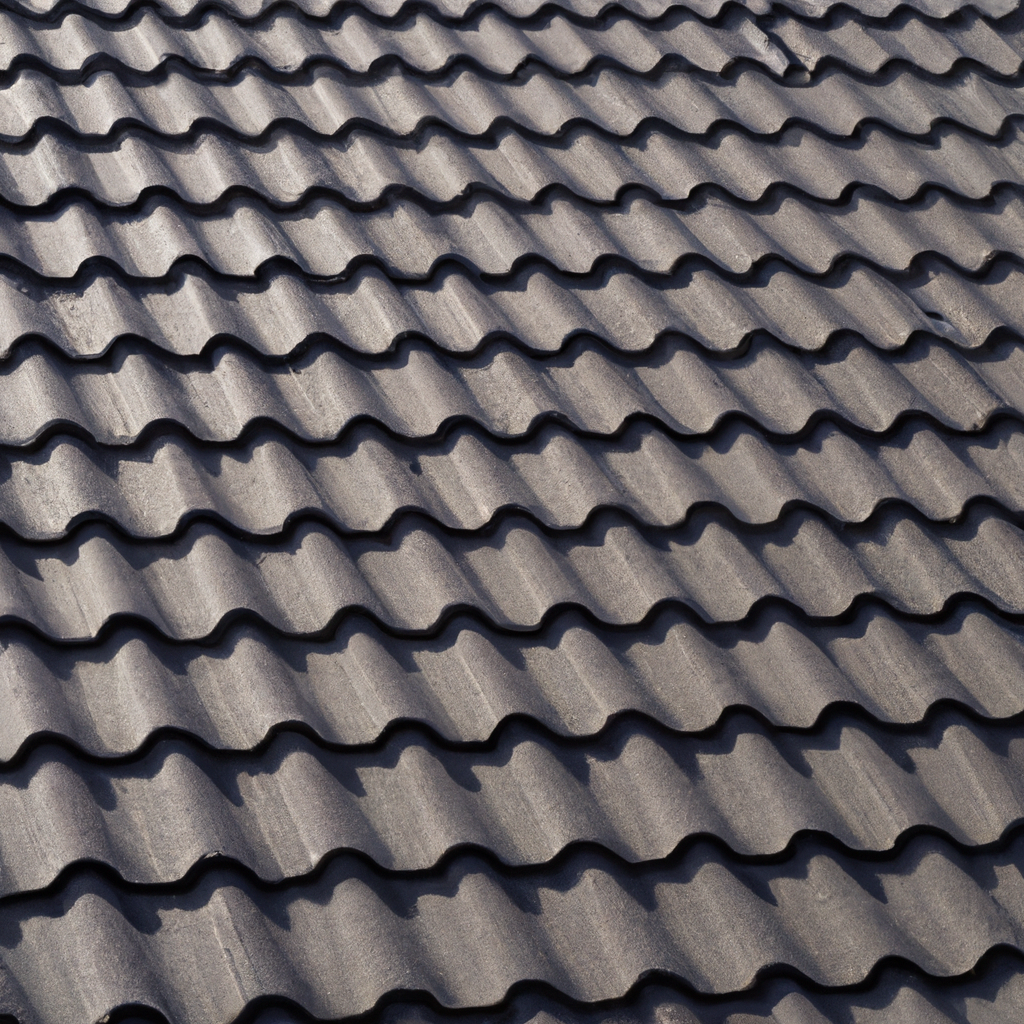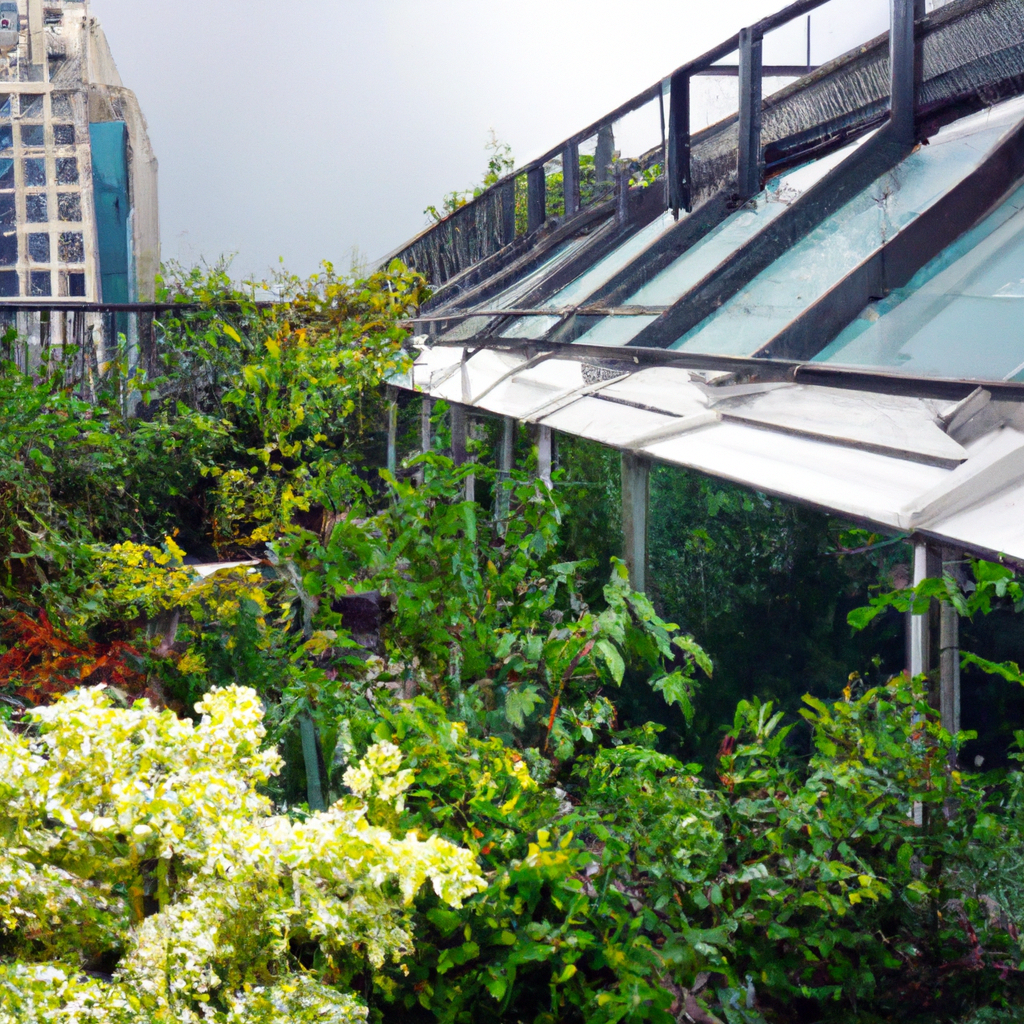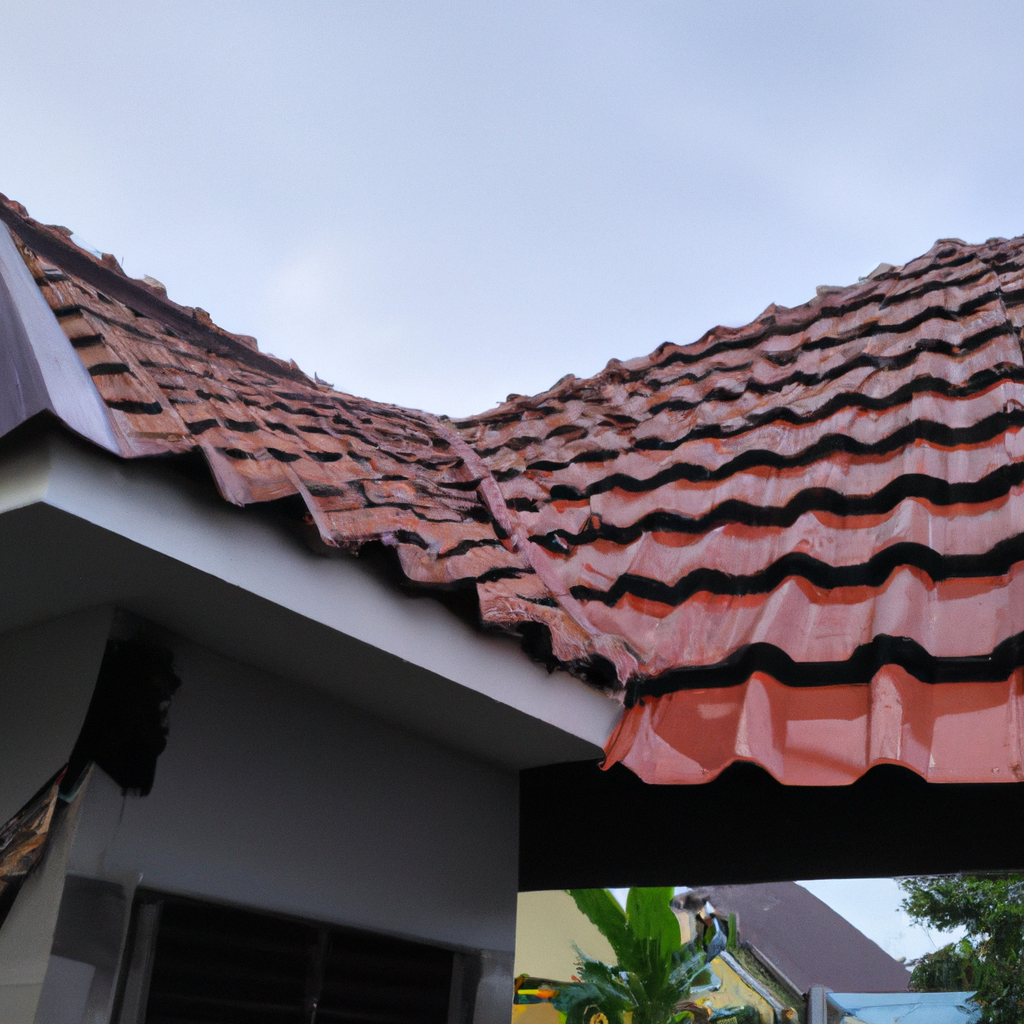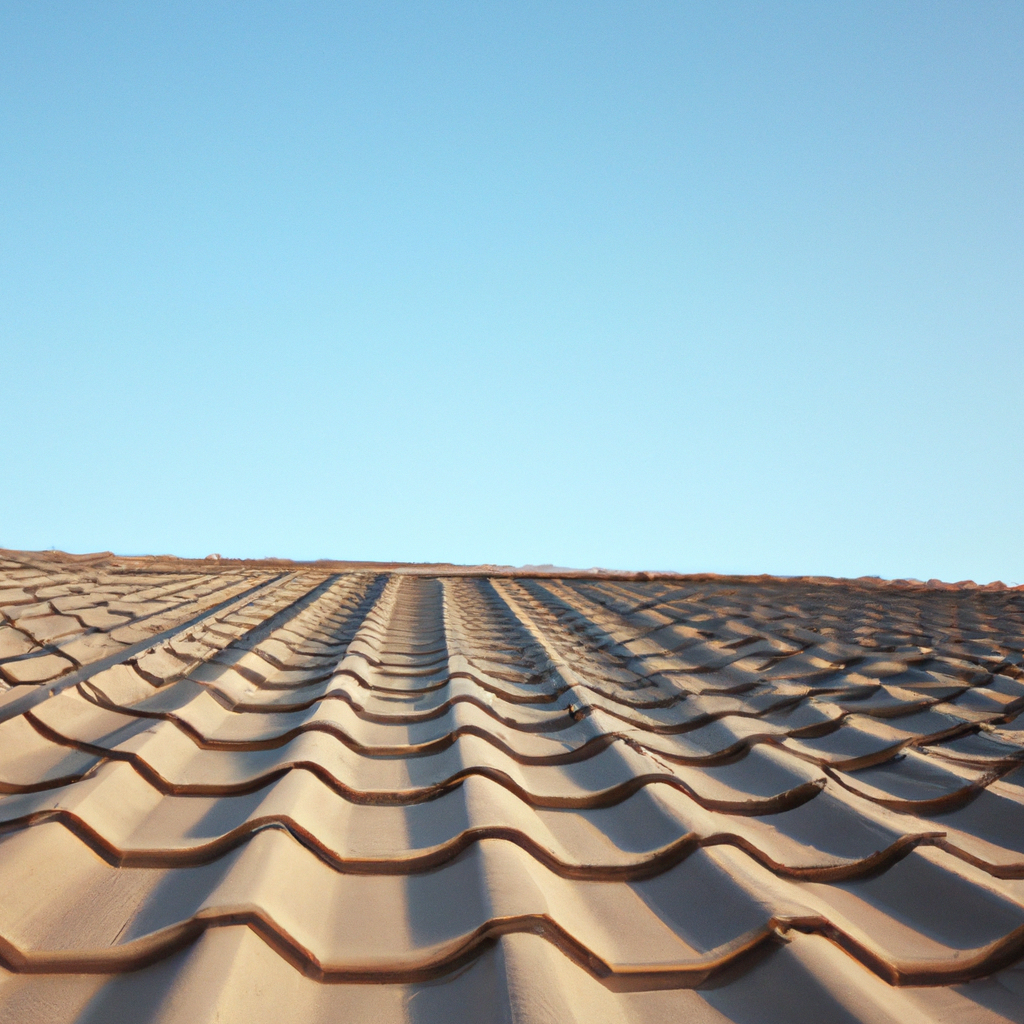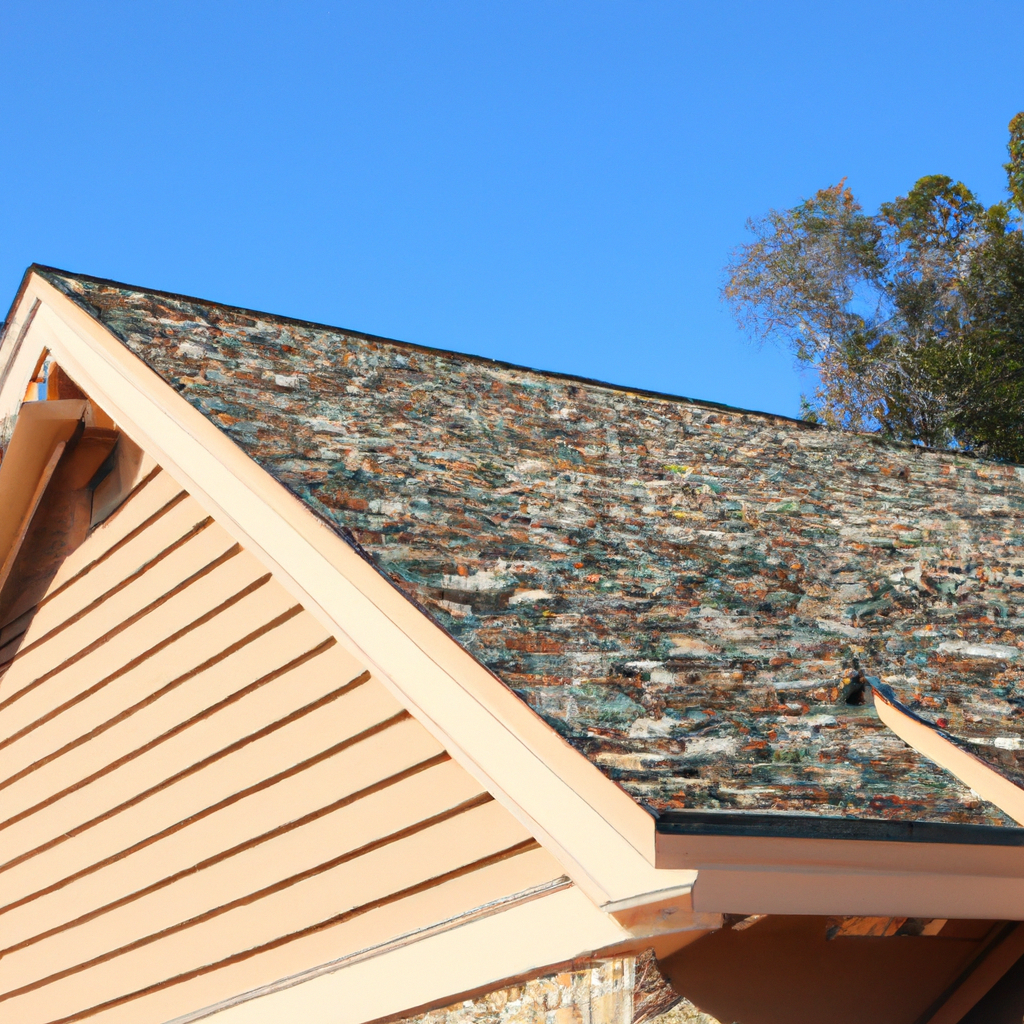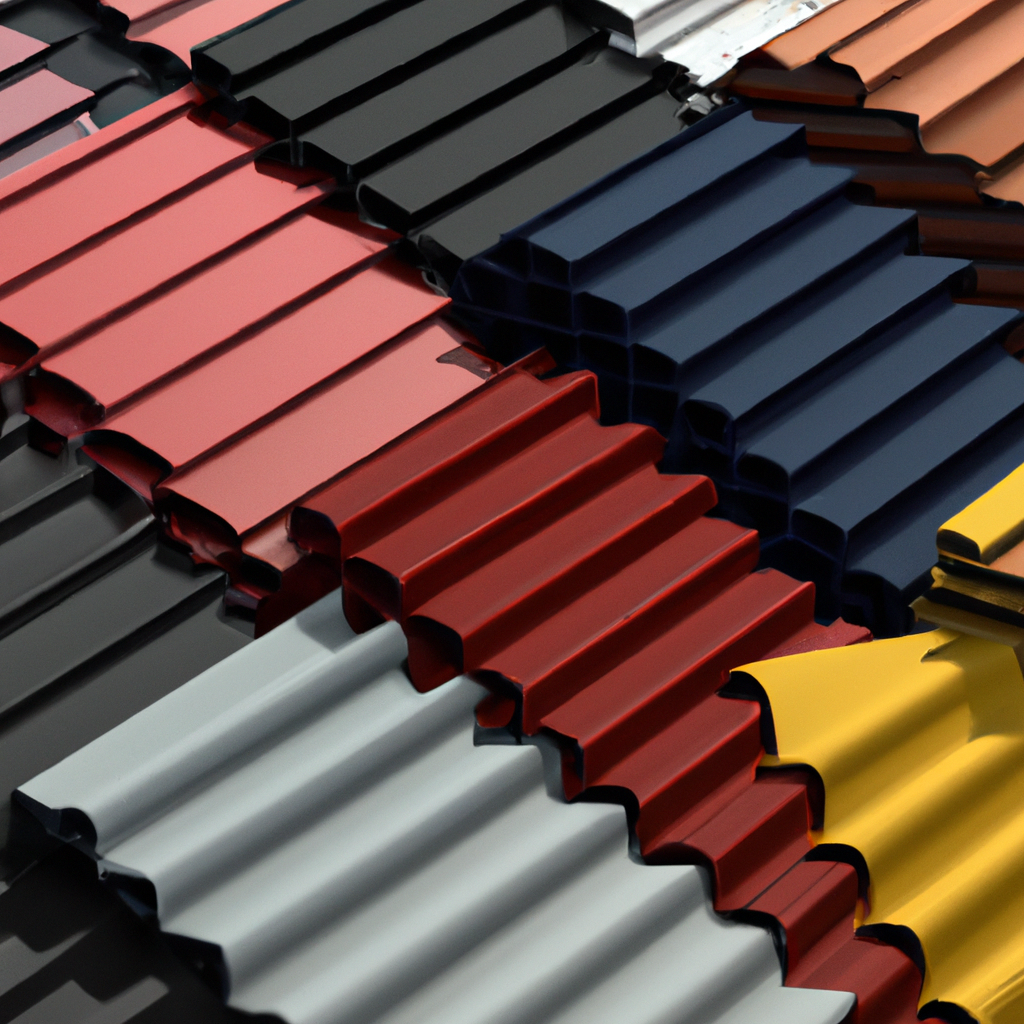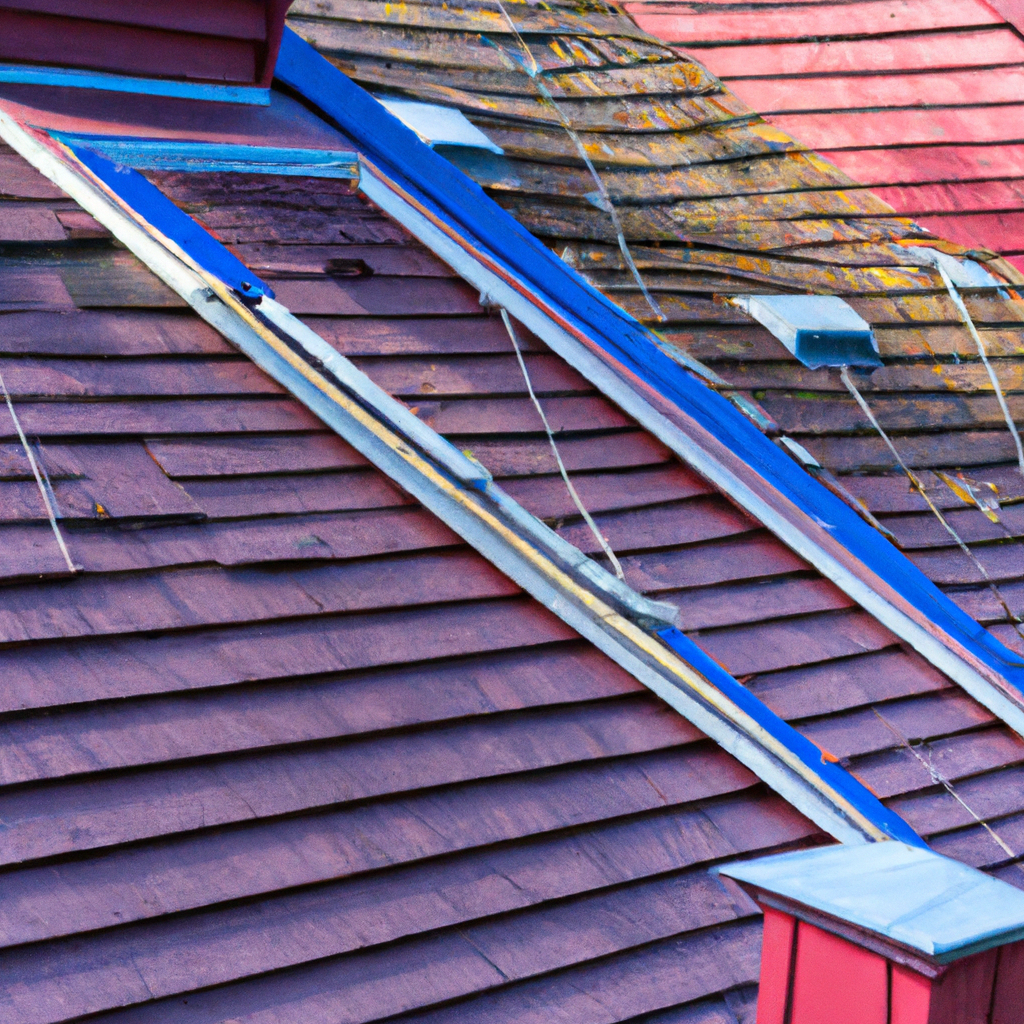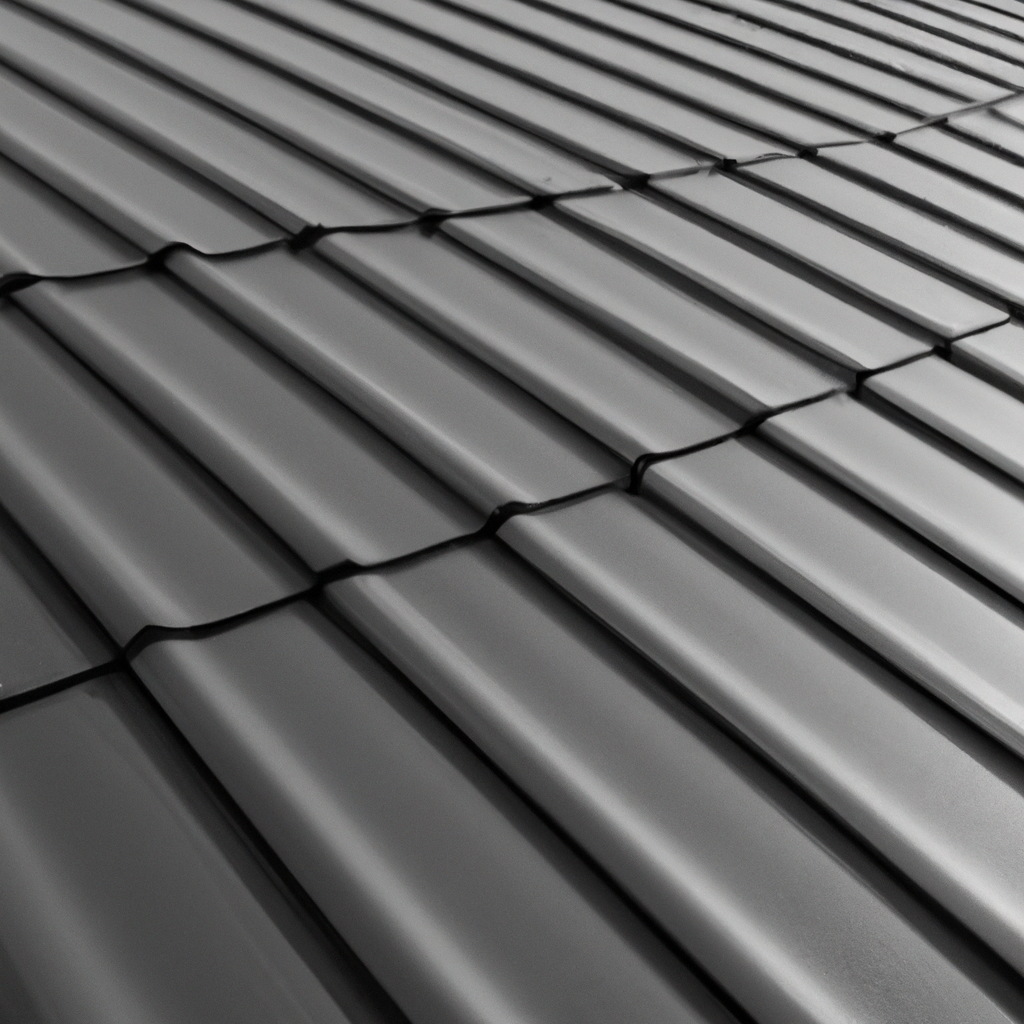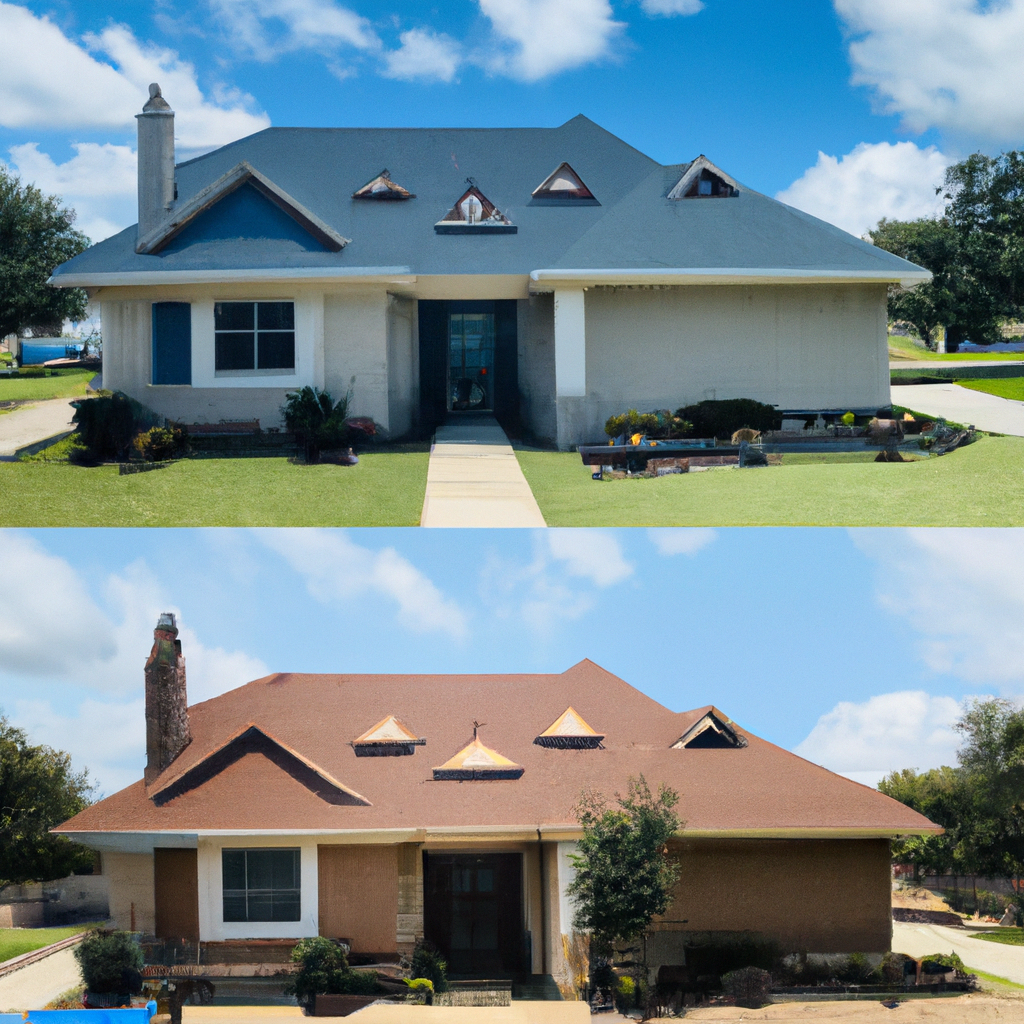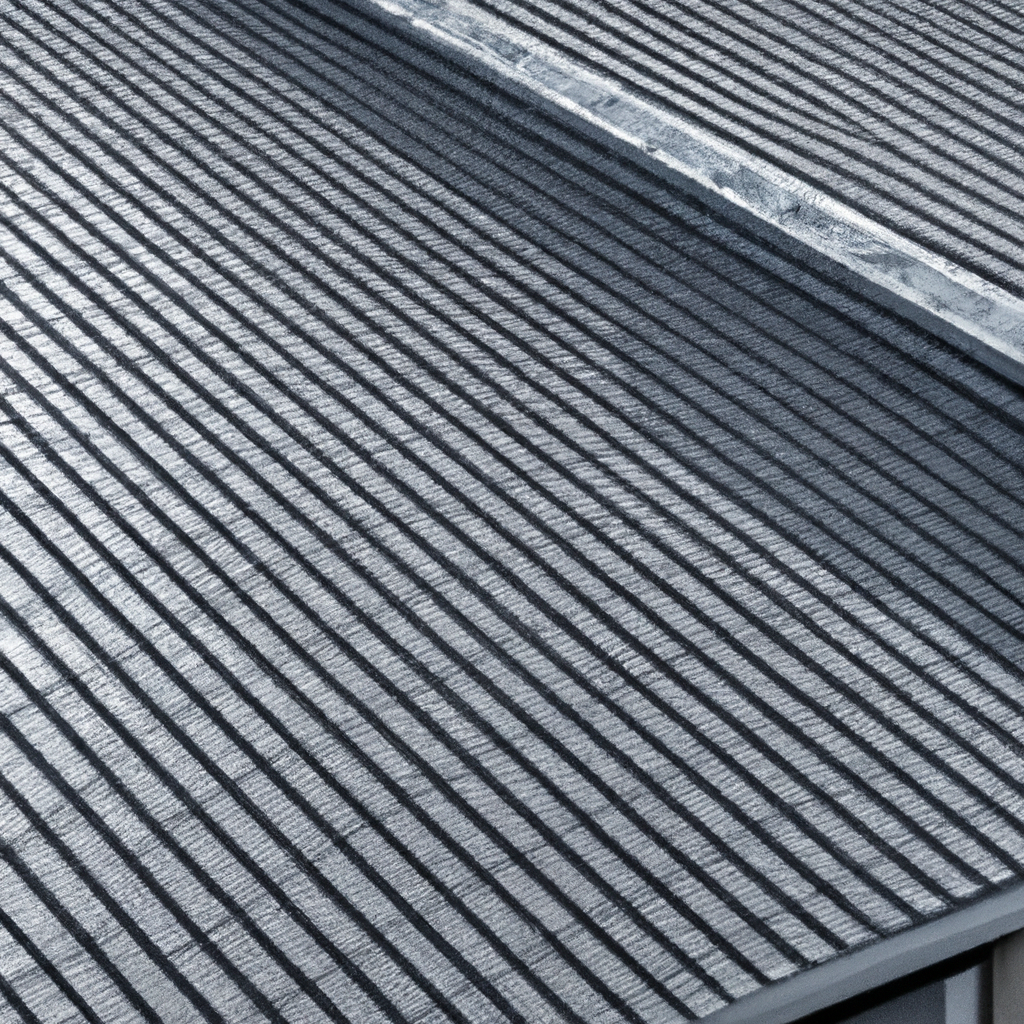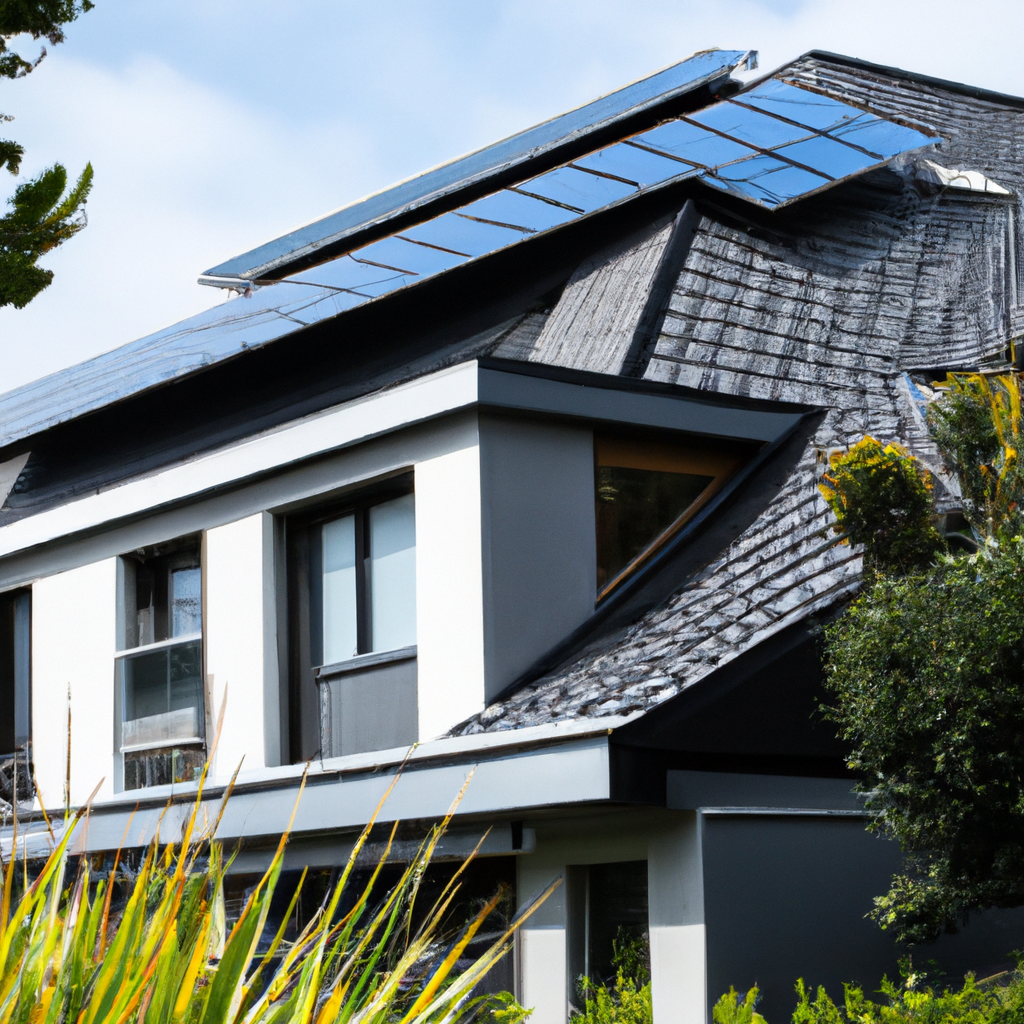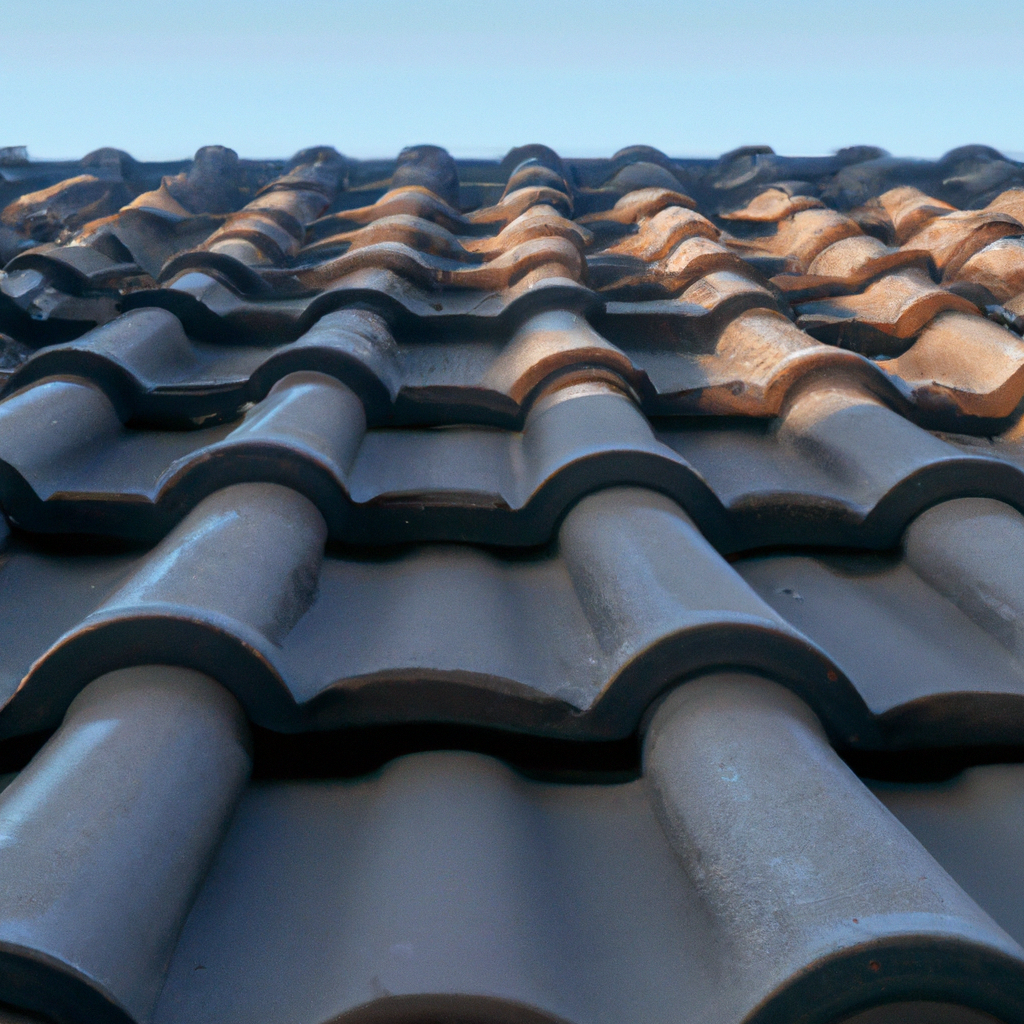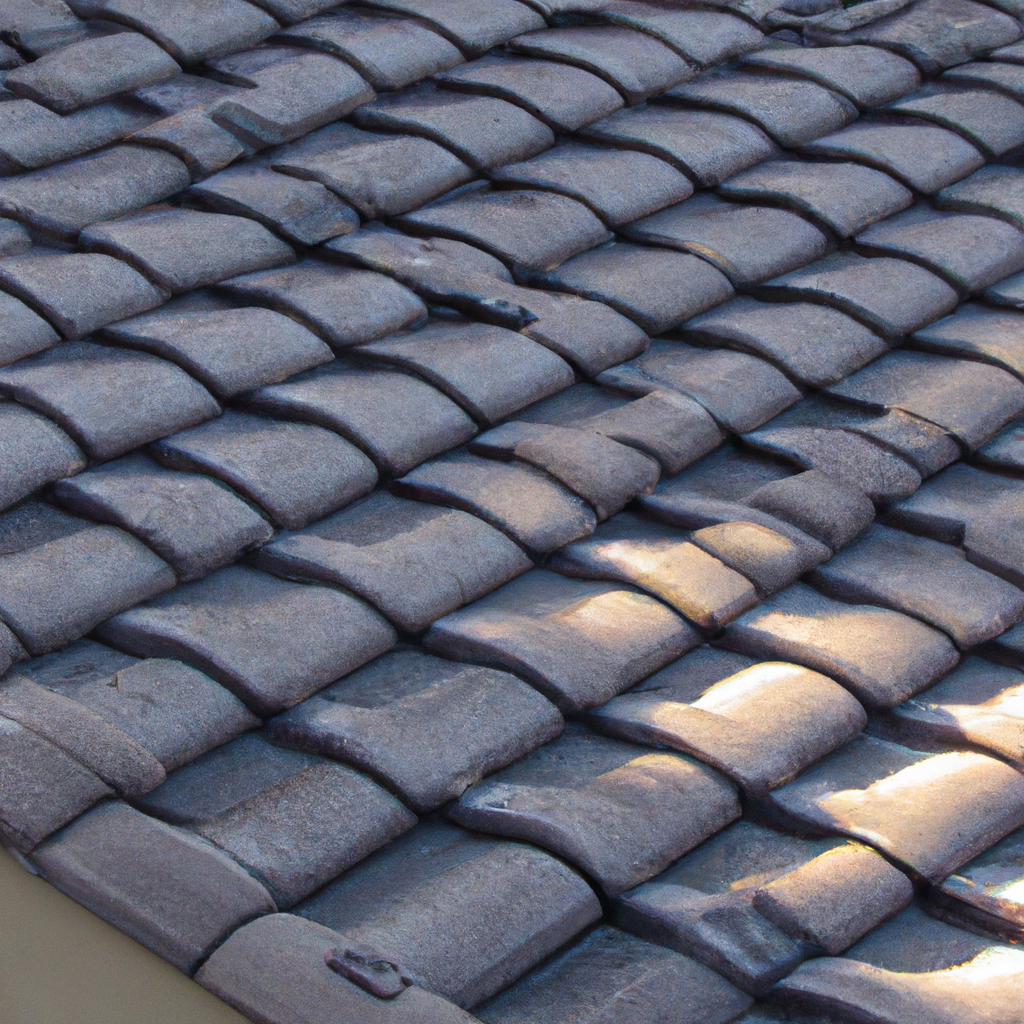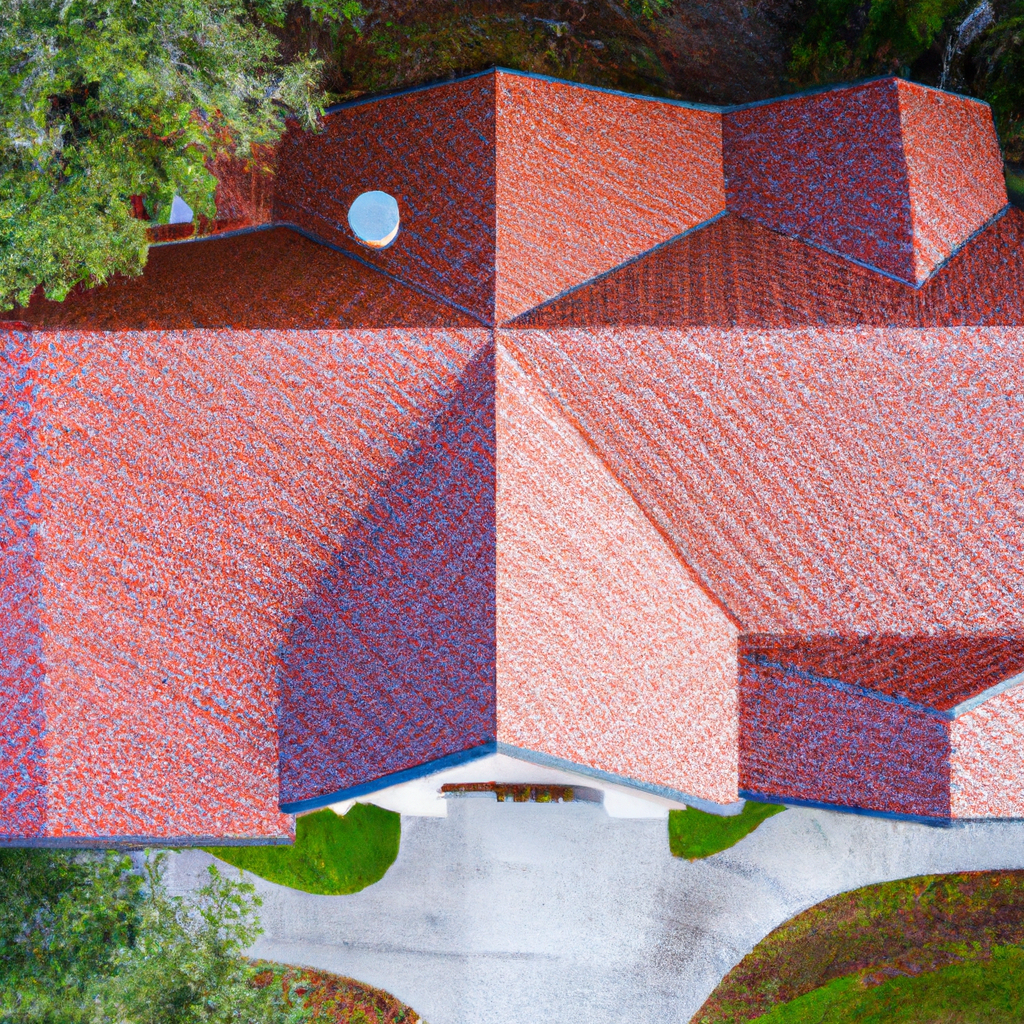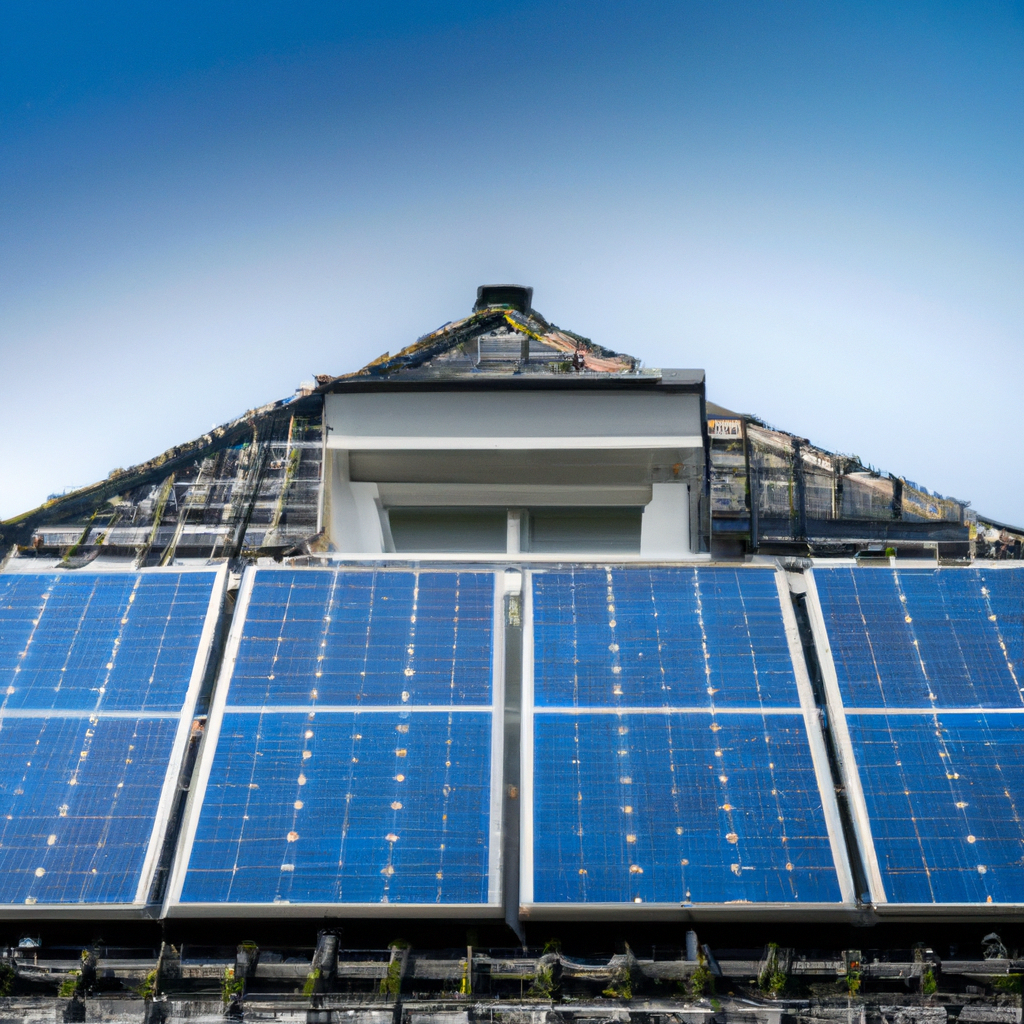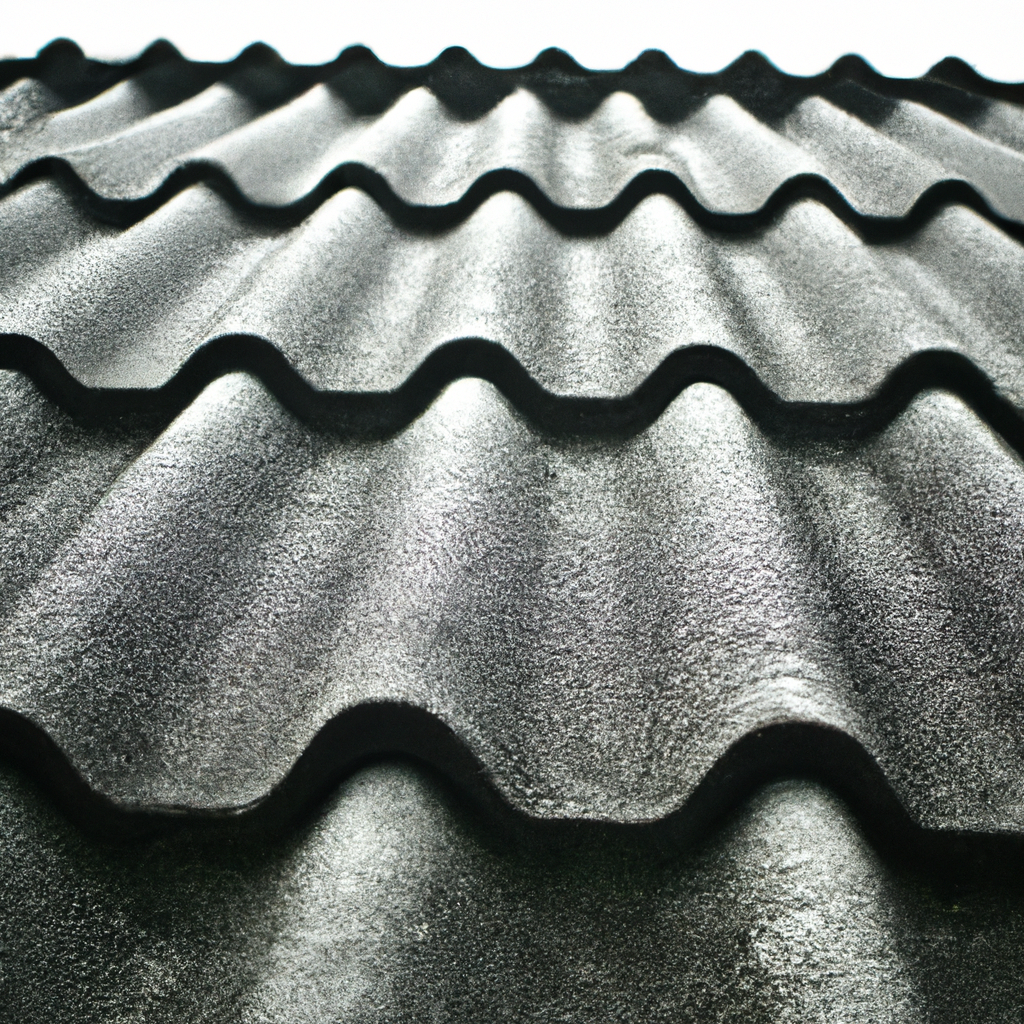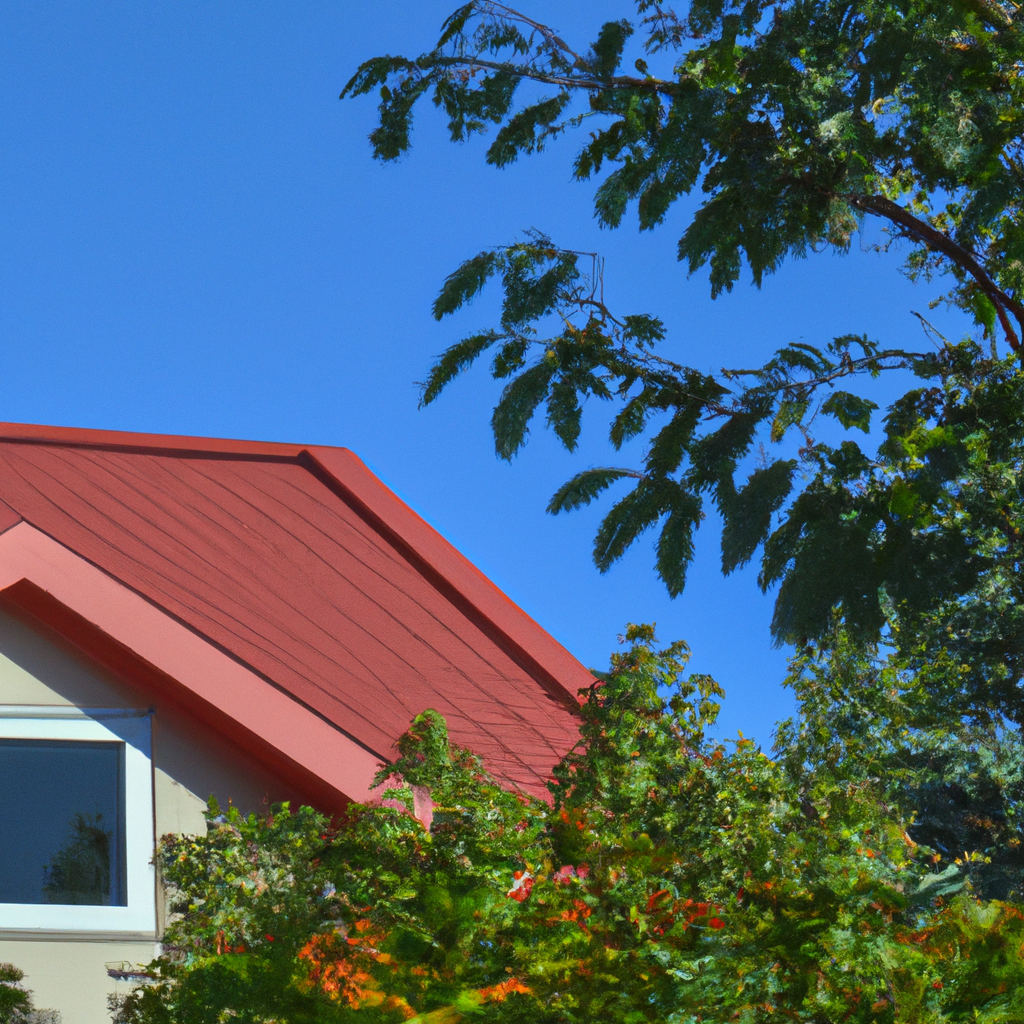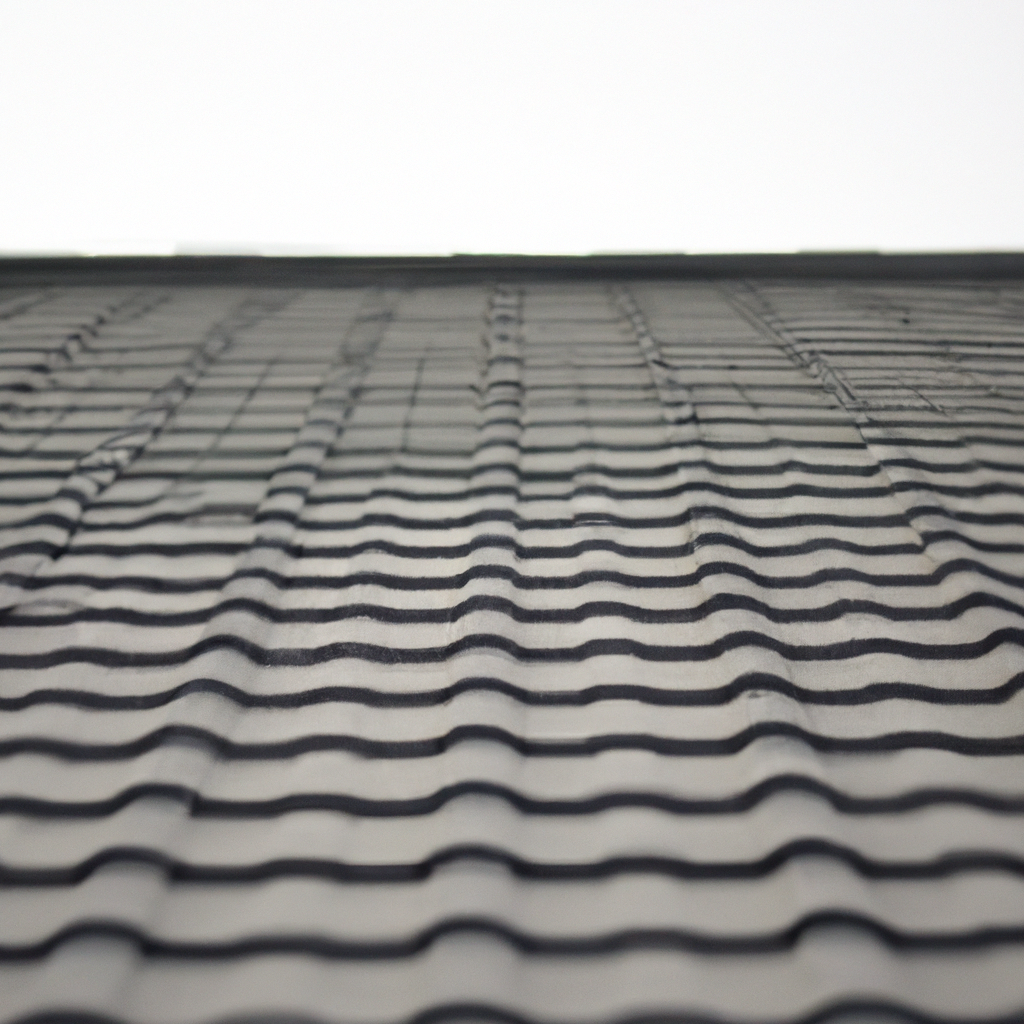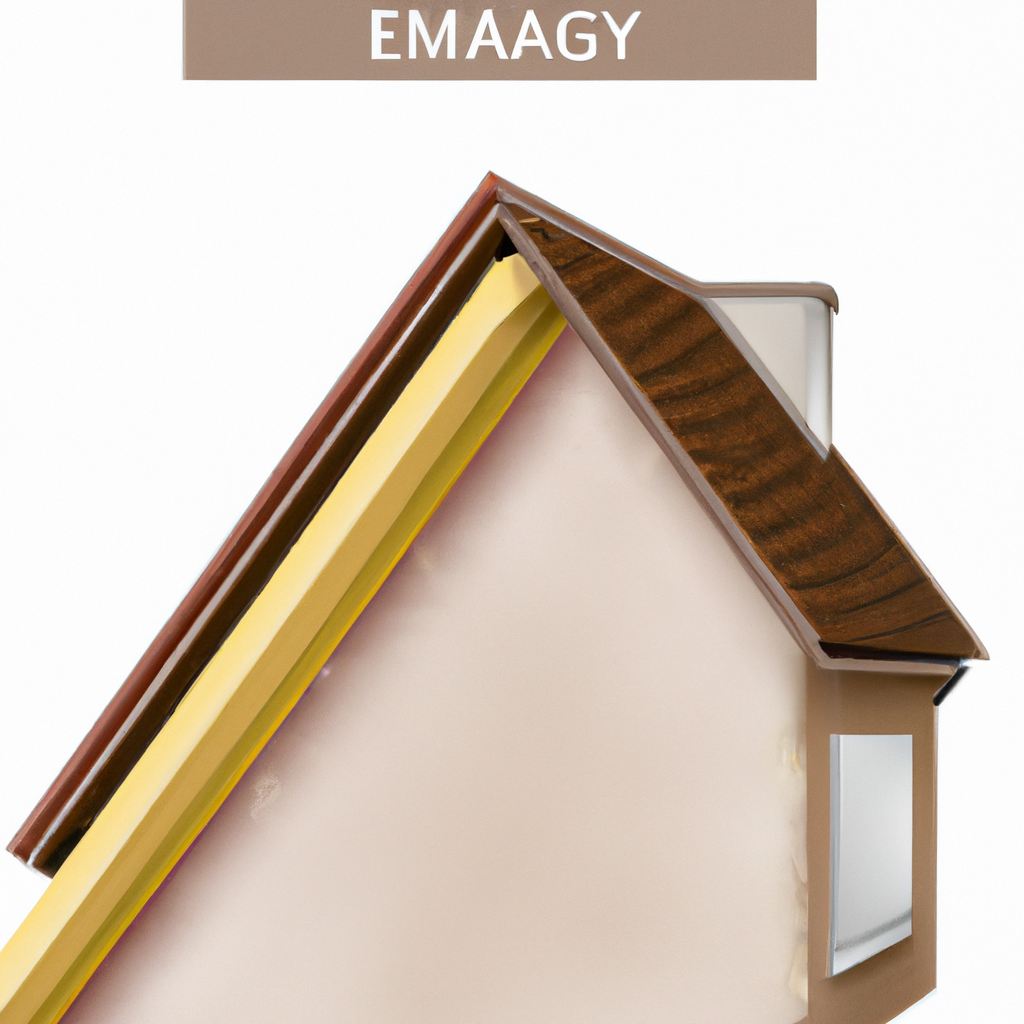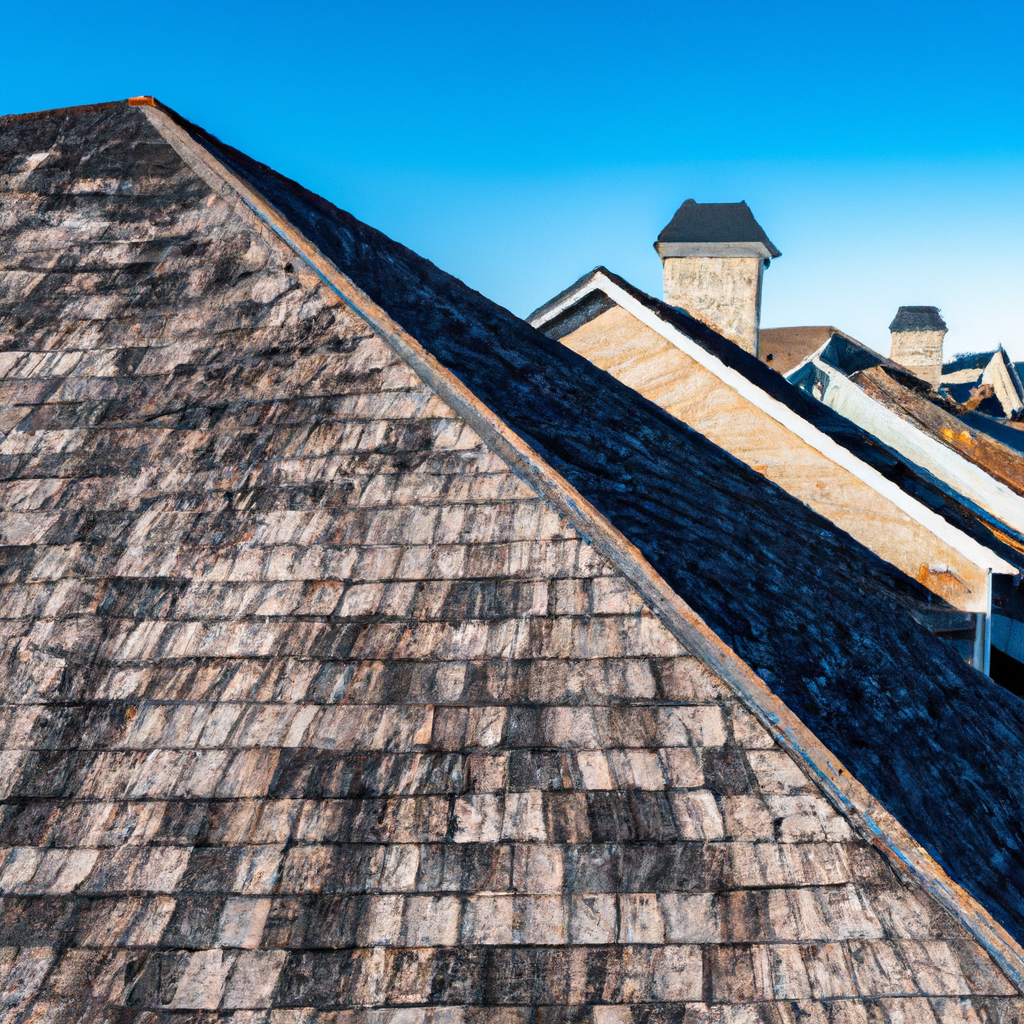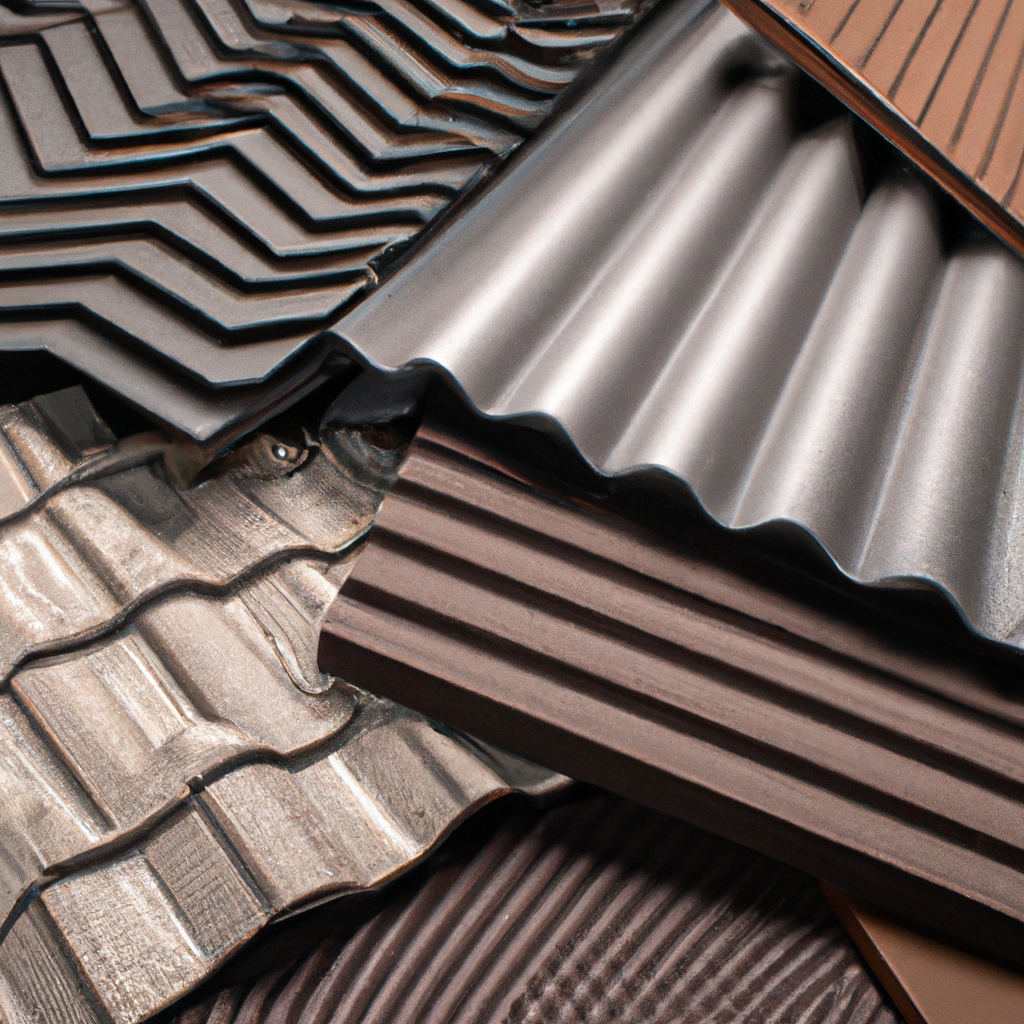Welcome to the ultimate guide to energy-efficient roofing! In this comprehensive article, we will delve into the world of sustainable roofing solutions that can help you significantly reduce your utility bills. With rising energy costs and growing environmental concerns, it’s crucial to explore ways to make our homes more energy-efficient. The roof, as a vital component of any building, plays a pivotal role in this endeavor. So, let’s dive in and discover how you can save money while contributing to a greener future.
Understanding Energy-Efficient Roofing
Before we delve into the specifics, let’s establish a clear understanding of what energy-efficient roofing entails. Energy-efficient roofing refers to the use of materials and techniques that minimize heat transfer and maximize energy conservation within a building. By adopting these sustainable practices, you can effectively reduce your reliance on heating and cooling systems, thus leading to substantial savings on your utility bills.
The Benefits of Energy-Efficient Roofing
Investing in energy-efficient roofing offers a plethora of benefits beyond cost savings. Let’s take a closer look at some of the advantages you can expect:
- Reduced energy consumption: Energy-efficient roofing minimizes the need for heating and cooling, resulting in decreased energy usage and associated costs.
- Enhanced comfort: By effectively insulating your home, energy-efficient roofing helps maintain a consistent indoor temperature, providing greater comfort year-round.
- Extended roof lifespan: Energy-efficient roofing materials are often more durable and resistant to weathering, resulting in a longer lifespan for your roof.
- Environmental sustainability: By reducing your energy consumption, you are actively contributing to a greener environment and mitigating your carbon footprint.
Energy-Efficient Roofing Materials
Now that we understand the benefits, let’s explore some of the most popular energy-efficient roofing materials available today:
1. Cool Roofs
Cool roofs are designed to reflect sunlight and absorb less heat compared to traditional roofs. These roofs typically have a high solar reflectance and thermal emittance, keeping your home cooler and reducing the need for excessive air conditioning. Cool roofs can be made from various materials such as reflective coatings, tiles, or shingles.
2. Metal Roofing
Metal roofing is renowned for its durability and energy efficiency. With excellent reflective properties, metal roofs can significantly reduce heat absorption, keeping your home cooler in hot climates. Additionally, metal roofs are often made from recycled materials, making them a sustainable choice.
3. Green Roofs
Green roofs, also known as living roofs, involve the installation of vegetation on the roof surface. These roofs provide natural insulation, reducing heat transfer and energy consumption. Green roofs also offer environmental benefits, including improved air quality, reduced stormwater runoff, and enhanced biodiversity.
4. Solar Roofing
Solar roofing combines energy generation with roof functionality. These roofs are equipped with photovoltaic panels that convert sunlight into electricity, allowing you to generate clean, renewable energy for your home. By harnessing the power of the sun, solar roofing can significantly reduce your reliance on the grid and lower your electricity bills.
Energy-Efficient Roofing Techniques
Aside from selecting the right materials, implementing energy-efficient roofing techniques can further enhance the performance of your roof. Here are a few techniques to consider:
1. Proper Insulation
Ensuring your roof is adequately insulated is paramount in preventing heat transfer and maintaining a comfortable indoor environment. Insulation materials such as foam, fiberglass, or cellulose can be installed beneath the roof surface to minimize heat gain or loss.
2. Ventilation
Proper roof ventilation is essential to remove excess heat and moisture from your attic or roof space. By promoting air circulation, ventilation helps regulate temperatures, preventing the buildup of heat that can seep into your living areas.
3. Sealant and Weatherstripping
Sealing any gaps or cracks in your roof helps prevent air leakage, ensuring optimal energy efficiency. Weatherstripping around windows, doors, and other openings can complement the sealing process, further reducing energy loss.
Conclusion
In conclusion, energy-efficient roofing is a crucial aspect of creating sustainable, cost-effective homes. By choosing materials such as cool roofs, metal roofing, green roofs, or solar roofing, and implementing techniques like proper insulation, ventilation, and sealing, you can significantly reduce your utility bills while contributing to a greener future. Remember, the initial investment in energy-efficient roofing is an investment in long-term savings and environmental stewardship. So, take the leap towards a more energy-efficient home and enjoy the benefits for years to come.


